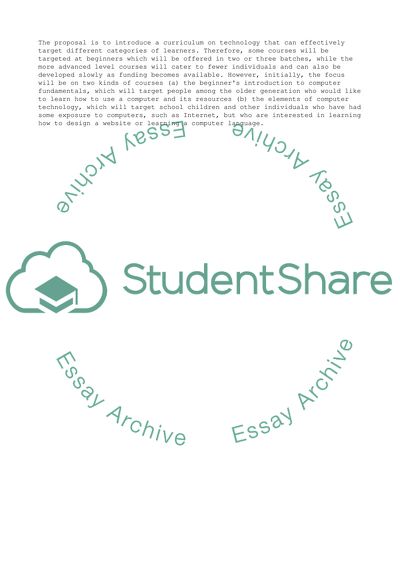Cite this document
(“Curriculum development and Funding Essay Example | Topics and Well Written Essays - 1250 words”, n.d.)
Curriculum development and Funding Essay Example | Topics and Well Written Essays - 1250 words. Retrieved from https://studentshare.org/management/1539180-curriculum-development-and-funding
Curriculum development and Funding Essay Example | Topics and Well Written Essays - 1250 words. Retrieved from https://studentshare.org/management/1539180-curriculum-development-and-funding
(Curriculum Development and Funding Essay Example | Topics and Well Written Essays - 1250 Words)
Curriculum Development and Funding Essay Example | Topics and Well Written Essays - 1250 Words. https://studentshare.org/management/1539180-curriculum-development-and-funding.
Curriculum Development and Funding Essay Example | Topics and Well Written Essays - 1250 Words. https://studentshare.org/management/1539180-curriculum-development-and-funding.
“Curriculum Development and Funding Essay Example | Topics and Well Written Essays - 1250 Words”, n.d. https://studentshare.org/management/1539180-curriculum-development-and-funding.


